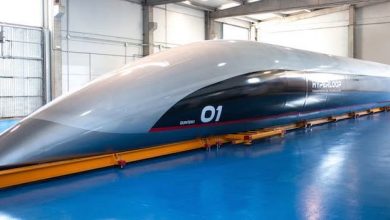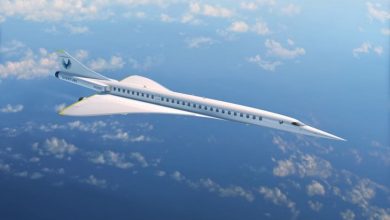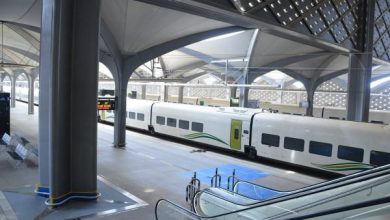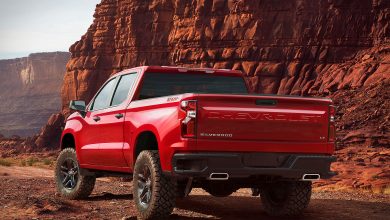Aston Martin DBS Superleggera
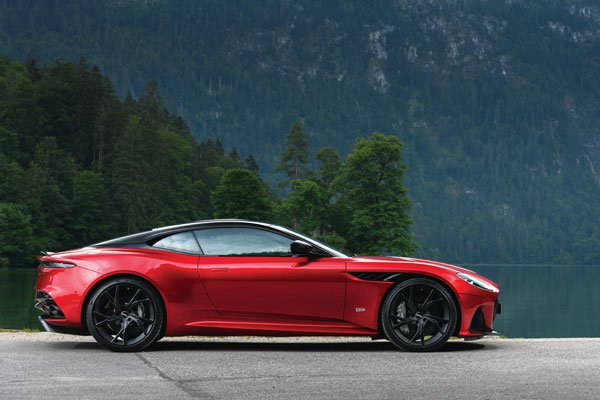
WE traveled to the Bavarian Alps to put the most powerful and expensive Aston Martin in production through its paces
Somewhere up in the postcard-framed mountains of Berchtesgaden, I’m impatiently trailing a Kia on a tortuous single carriageway.
It’s the holiday season and the driver of the hatchback is in no real hurry to get anywhere. I, on the other hand, am at the wheel of the Aston Martin DBS Superleggera. It’s the most powerful road-legal Aston Martin in production. It seems almost disrespectful to be driving a $300,000-plus supercar in anything less than a spirited manner.
Time then to overtake the trundling Kia. The only concern is that the oncoming traffic is a constant stream of 30-tonne MAN trucks ferrying felled wood from the surrounding region.
If I were driving any other car, I’d be conflicted on whether or not to risk overtaking. But in the Superleggera, it’s a no-brainer. The one thought on my mind: floor it. I do, clearing the Kia and ducking back into my lane well before the oncoming MAN truck has even the faintest clue that I’ve swapped positions with the car in front of me. The DBS Superleggera is alive.
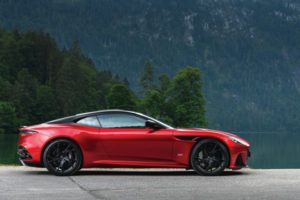
To understand where this new model is positioned in Aston Martin’s line-up, you must first understand where it’s come from. The Superleggera badge has been licensed from the Italian coach-building house Touring Superleggera.
“The Superleggera references the lightweight construction method and material choice that goes back to the 50s where you had the DB 4 GT Superleggera, and then the DB 5 which was the first Bond car in Goldfinger, followed by the DB 6,” explains Ruari Coles, senior vehicle engineering manager GT Cars at Aston Martin, when me meet at our hotel, the Kempinski Hotel Berchtesgaden.
Touring Superleggera back in the 50s stumbled upon a process to create the world’s lightest build in a metal-body car. To do so, it used a welded steel frame with hand-rolled aluminium panels. It was a technique they mastered. By entering into an agreement with Superleggera in the 50s, Aston Martin began to use that technology and know-how to build ultra lightweight body panels for its cars.
Timewarp to 2018, and Aston Martin have again renewed their licensing agreement to use the Superleggera nomenclature on this car. With a Superleggera, the lightest possible bodyweight is the ultimate goal.
“What we’ve done now is part of that historic tie-back to the Superleggera from the 1950s and 1960s. This car uses that optimised body construction methods to do a lightweight car for the 21st century,” says Coles.
When he refers to a 21st century car, he’s referring to the plentiful use of carbon fibre in the construction of the DBS Superleggera. The clamshell bonnet is made up entirely of carbon fibre, the only car in production that we know of to have achieved this feat.
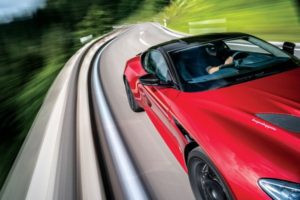
The liberal use of carbon fibre continues from the front bumper splitters to the diffuser, tailgate and rear bumper. Reportedly, more than 80 per cent of the body panels on the car are made from carbon fibre composites. Through this process, Aston Martin has managed to reduce the weight of the car to 1,693kgs.
The DBS Superleggera is 72kgs lighter than the DB11, which was the starting point for the car. That is particularly impressive when you consider that the Superleggera has bigger wheels and more additions to aid its performance compared to the DB11.
The DBS Superleggera replaces the Vanquish, although the engine on the new car has more in common with the DB11. Here, there’s a full- throated 5.2-litre V12 engine under that carbon fibre bonnet.
As I drive along the route from the Kempinski hotel to a chocolate-box village in Austria where we stop for lunch, it’s clear that this engine is a performer. It returns 715hp of power, which is plenty enough when making a stealthy overtaking manoeuvre on a city road like I did with the Kia, and definitely shines through when you have an open stretch of highway to flex the car’s muscles.
This grand touring car delivers a monumental 900Nm of torque – that’s 25 per cent more than you’d get on the more expensive Ferrari 812 Superfast, which Aston considers the only real competition. The torque here is so great that Aston had to design an all-new transmission as nothing from its existing fleet could handle these levels.
However, it doesn’t deliver rude shocks as you make your way through the eight-speed automatic transmission. Instead the ride feels smooth, responsive and not one bit intimidating.
Being a GT car, power and speed are as important as comfort. You can set your transmission to either GT (perfect for a relaxed drive) or sport (ideal for the autobahn) and even sport plus (best employed on track days).
You have the same three settings for the chassis – GT, sports and sports plus. The GT mode, which I drive in most of my time in the hills of Bavaria, is the most comfortable, with soft, though not squishy suspension.
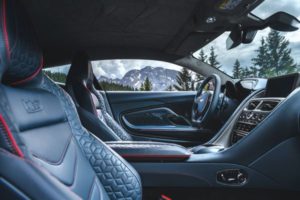
Inside, there’s microsuede, Bridge of Weir leather and carbon fibre in different combinations and trims throughout the cabin. Although there is space for two passengers in the rear, it’s a tight fit. The flat-bottom steering wheel and bucket seats in front remind you it’s a supercar pedigree, while creature comforts like the 10-inch touchscreen, Bang & Olufsen Beosound audio system, sat-nav and a 360-degree camera make for the sort of supercar that’s comfortable to use in your everyday inner-city commute rather than just weekends.
It has a top speed of nearly 340kph and a 0-100kph speed of 3.4 seconds. In a feat of aerodynamic trickery, there is no spoiler and yet it generates a down force of 180kg – the highest achieved by a series production Aston. As you tease the throttle, listen to those ‘pops and bangs’ created by the engineers. You can soundtrack your drive home without having to turn on the radio.
With the aim of stripping away every last kilo of weight it could, Aston developed an all-new set of carbon ceramic brakes. The new ones developed with Brembo are 18kg lighter than those in any of its other cars.
“Carbon ceramic brakes have to go through a significant heat cycle phase before you get consistent on-road performance. Every single one of the brake pads on these cars goes through a half-an-hour dyno brake bedding procedure where the temperature on it is raised to 700-800 degrees celsius. Only after that is it fitted into the car,” says Coles.
If that bedding process didn’t take place, you would need to apply around four times as much pressure on the brakes to stop.
This is the third new car that Aston Martin has released in the last three years. In February, the Andy Palmer-led outfit announced that it had turned a profit for the first time in eight years, and there’s more coming up from Aston – we’ll soon see the 1,130hp Valkyrie developed in cooperation with F1-team Red Bull Racing, followed by the Aston Martin SUV by 2020, which could do for Aston what the Cayenne did for Porsche.
For now though, it’s the DBS Superleggera that is Aston Martin’s crown jewel.

